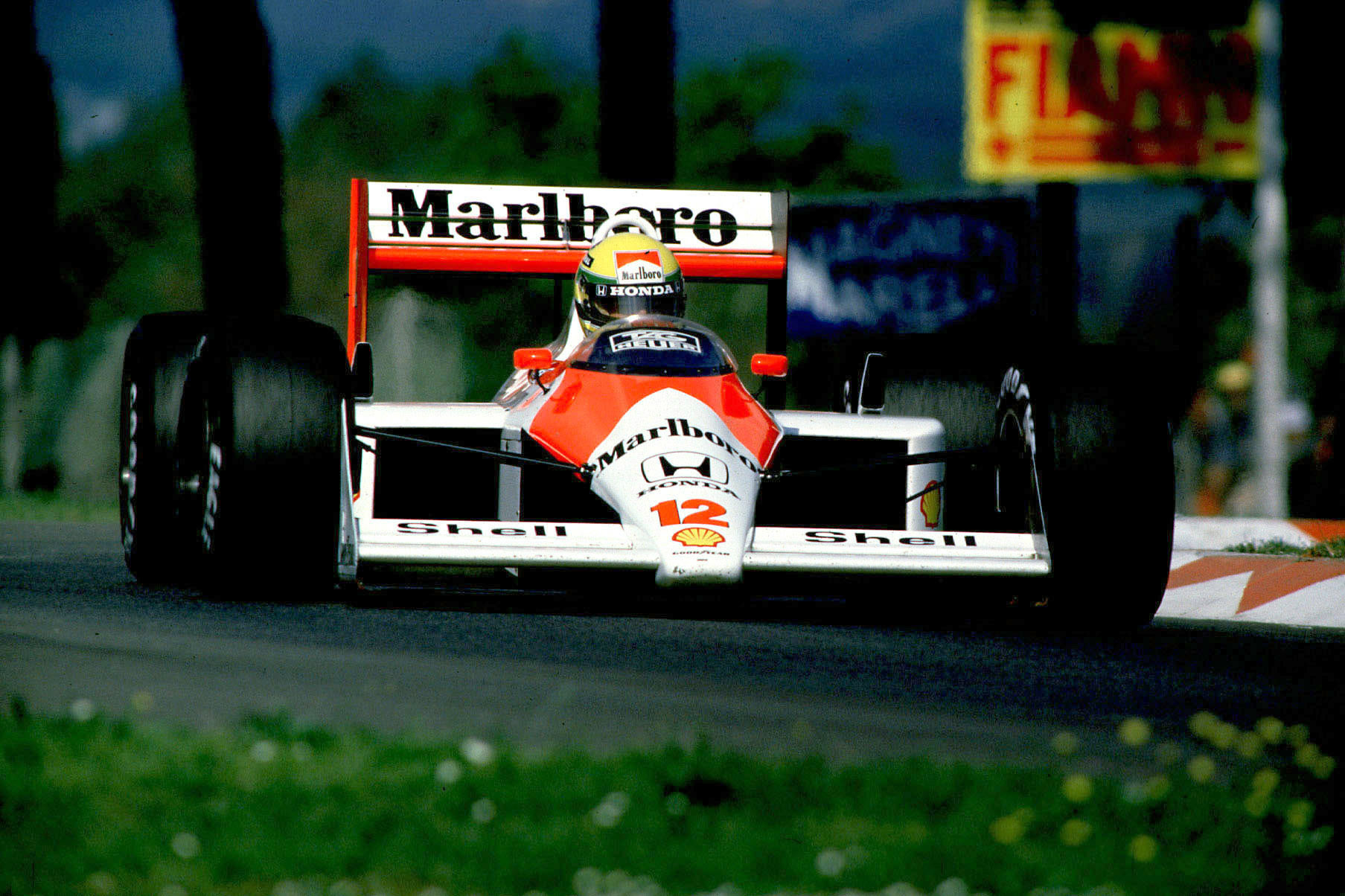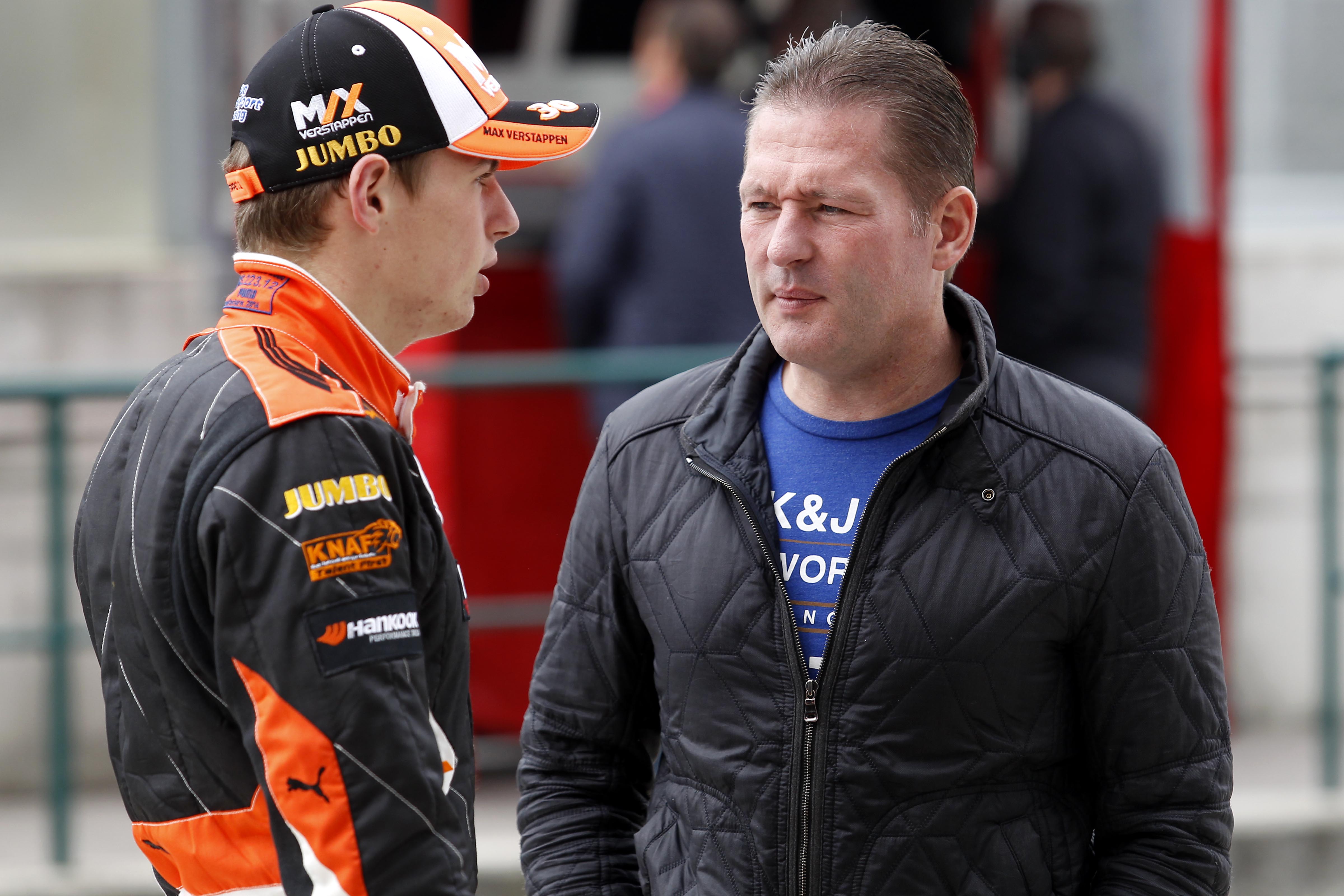Up Next

Just under three years ago, before Red Bull had delivered Max Verstappen a car with which he could fight for the world title, we pointed out the parallels with his Formula 1 career up to that point to that of Ayrton Senna in his Lotus years.
How to some at that time it seemed obvious that Senna was the fastest driver in F1 despite Alain Prost’s status as the number one and that if ever they were paired, Senna would prevail. We speculated if history might repeat if ever Verstappen and Lewis Hamilton were paired.

Senna’s title years were of course with McLaren, his career shifting up a whole gear once he went there as Prost’s team-mate and was no longer just on the hunt for the occasional opportunistic race victories. If we were to continue with that parallel today, Verstappen is well into the equivalent of Senna’s McLaren years as his career comes into full flower.
But in contrast to Prost (whose first race wins were with Renault), Senna (with Lotus), Michael Schumacher (with Benetton) and Hamilton (with McLaren), Verstappen waited for his existing team to become dominant. Waited for years.

Sure, when they joined neither Schumacher’s Ferrari nor Hamilton’s Mercedes were the teams they subsequently became. But their potential was always greater than the teams they’d first enjoyed success with. Verstappen spent five seasons at Red Bull with indifferent cars while Hamilton rewrote the record books, but that patience eventually paid off.

His trajectory was set by his route into F1 in the first place. This came through Marko securing Verstappen’s signing by offering him an immediate F1 race seat, straight from F3 and only two years after his last karting season. That’s how Marko kept Verstappen from the grasp of Mercedes, which was more than anxious to get him on its books.
For Verstappen, the alternative Mercedes route to F1 would’ve been a fully-funded GP2 season in 2015, followed probably by a Mercedes-powered customer F1 team in 2016 and thence his quick recruitment to Mercedes to replace the retiring Nico Rosberg for 2017.
He’d have been in the best car four-five years early, but would have had to share the team with Hamilton. Just how might recent F1 history have looked with Hamilton and Verstappen fighting over titles from within the same team? And how long could the partnership have been sustained?
It’s unlikely he could have made Mercedes his own in the way he has Red Bull. Not just because Hamilton would have been a more formidable team-mate than any he faced once the Red Bull finally came good in 2021. But just because of the specific personal dynamics at Red Bull which, thanks to Helmut Marko’s ‘conversion to the light’, are unique. Marko had been trying to enlist the Verstappens to the Red Bull Junior scheme since 2010 but Jos had always held firm, maintaining control of Max’s destiny by refusing to sign up with anyone’s junior squad.

In Max, Marko saw a generational talent and was prepared to do almost anything to secure him. No driver has ever held this much sway at Red Bull, not even Sebastian Vettel. It’s a much more powerful position within the team than anything he could have envisaged at Mercedes or Ferrari. More than he probably envisaged at Red Bull.
So the touchpoints of achievement have been ticked off along the way, like equalling Senna’s 41 F1 wins tally with this latest inevitable victory at the Canadian GP. There’ll almost certainly be 10 wins after that – maybe even in this season! – to draw him level with Prost on 51 wins. They’re just numbers. They’re not equivalents, but they at least mean something.
They would mean more with the previous perceived top dog Hamilton – or Fernando Alonso, Charles Leclerc, George Russell or Lando Norris – in a car fully competitive. But that’s just a perspective from the outside.
From inside, Verstappen waited all those years, kept the faith and now it’s payback time.




